
In the early 2000s, Washington, DC, was terrorized by a serial arsonist, whose destructive acts left a community in fear. It was during this time that Robert M. Luckett, or “Bobby” as he prefers to be called, played a pivotal role in the investigation that ultimately brought the arsonist to justice. Now retired, Bobby has channeled his experiences into “Solving for X”, a gripping account of those harrowing days. As a consultant on this project, I had the honor of helping Bobby transform his story from raw, factual recollections into a compelling narrative that captures not just the events but the story of the people involved.
When Bobby first approached me, he wanted help publishing his first novel. Bob is an amazing guy who’s lived an amazing life. He not only put the cuffs on the DC Serial Arsonist Thomas Sweat, he also played center for the 1972 TC Titans in Alexandria Virgina, the subject of the beloved Disney film, Remember the Titans. I jumped at the opportunity to collaborate and I knew that with the wide range of skills that I could offer, I could provide Bobby with a ton of support that fit within the budget of launching one’s own first novel.
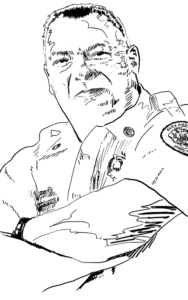
Bobby shared his first draft with me and told me that he was grappling with a unique challenge: his natural writing style was deeply rooted in his years as a police officer. His first drafts read more like police reports—meticulously factual, but lacking the emotional depth and dialogue that bring a story to life. The first version of “Solving for X” had almost no dialogue, as Bobby was reluctant to write conversations he couldn’t remember word-for-word. His commitment to factual accuracy was admirable, but it also held him back from embracing the creative freedom of his own WELL DEVELOPED talents in storytelling. Among friends and family Bobby is known to have a huge personality and storytelling is an enormous part of that.
Through our work, I encouraged Bobby to see himself not just as a public servant, but as himself, the storyteller. Through our collaboration, I worked with him through the drafts and first few rounds of artwork to focus on unlocking his creativity and encourage him to infuse his narrative with the same personality and energy that makes him such an engaging storyteller in person. As we worked through the drafts, Bobby’s writing evolved rapidly. He started to see the value in balancing fact with the art of storytelling and bringing his audience right into the scene with the same vivid emotion he felt at the time. The result was a more vibrant and engaging manuscript, and it was such privilege to see Bob’s satisfaction grow each time his writing became more his own.
solvingforxthebook.com
A great points in the development of “Solving for X” came when I encouraged Bobby to participate in National Novel Writing Month (NaNoWriMo). The challenge of writing intensively for a month while participating in online events to build support for his manuscript. NaNoWriMo helped Bobby push through some of the grind of the early drafts and edit, draft and edit process and take his story to the next
level. His enthusiasm grew as he entered “Pitchapalooza,” a book pitch contest sponsored by The Book Doctors during NaNoWriMo. We developed a social media campaign together, which not only boosted his confidence but also earned him a win in the contest. This experience was transformative for Bobby, giving him a deeper understanding of the publishing process and the tools to navigate it successfully.
In addition to shaping the manuscript, I provided a wide range of services to support the book’s publication. Bobby wanted “Solving for X” to be more than just a book—it needed to be a multi-dimensional experience. I created artworks, maps of the Washington, DC, area to visualize the arsonist’s trail, and a graphic design system that integrated his collection of previously unreleased photos and artifacts from the investigation. This visual storytelling was crucial in bringing the narrative to life and giving readers a deeper connection to the events described.
As the book neared completion, the focus shifted to promotion. I helped Bobby design and launch his first website, which became the hub for all things related to “Solving for X”. We created a series of promotional videos and YouTube ads to drive pre-sales, and even ran a social media campaign where fans could vote on their favorite book cover designs. This not only generated excitement but also helped build a community of readers eager to get their hands on the book.
Promotional video from a series I created spanning presale to launch.
At publication, the time came to sell the book online, I redesigned the website to include all the necessary backend systems for processing payments and managing orders. The site was equipped with embedded videos, music, and other interactive elements to the user had come to expect with the previous web experience, and welcoming new readers to connect with Bobby’s story. Today, “Solving for X” is out in the world, and I continue to support Luckett in maintaining his website and encouraging his next project.
Remembering the Titans: 50 Years and Beyond
Looking ahead, I’m thrilled to be collaborating with Bobby on his upcoming second memoir, Remembering the Titans: 50 Years and Beyond. This book delves into Bobby’s extraordinary experiences as a member of the legendary 1972 T.C. Williams High School Titans football team, famously depicted in Disney’s Remember the Titans. It offers a fresh perspective on the impact of that unforgettable season, explores the personal stories left out of the movie, and reveals how the team’s ongoing legacy has shaped their lives. From moments of triumph to the bittersweet challenges life has brought, Bobby’s memoir will provide a deeper, more personal look at the original Titans and their journey since those remarkable days.
To celebrate the upcoming book and its themes of resilience and legacy, Bobby commissioned me to create a custom pair of Converse All Star low tops—a unique artistic tribute to his life as a Titan and the stories in the book. Inspired by the work of Dillon DeJesus and the My Shoes My Cause campaign, Bobby asked for shoes that reflect both his memories as a Titan and the ups and downs his team has faced since.

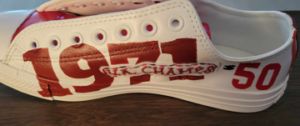
The right shoe is designed as a nostalgic nod to the 1973 Virginia State Championship win. It features the old Titan mascot behind bold “TITANS” lettering in vintage red and white, with three red and maroon stripes along the heel referencing the iconic team socks. To give it a varsity feel, I added an embroidered patch with Bobby’s number, 50, and his signature. It’s a shoe that could have easily been chosen by a young Titan celebrating their victory.
The left shoe is a more reflective piece, telling a story of life’s complexities. It incorporates a hand-cut silver foil piece etched and painted based on Bobby’s state championship ring, a replica of the team’s Alexandria Sports Hall of Fame medal, and a collage of images representing moments both good and bad from the original Titans’ lives. One striking element is a dark silhouette of a lone player running through a blazing halo of red, orange, and yellow—a reinterpretation of the Remember the Titans movie poster, now symbolizing the strength required to face life’s challenges, supported by the power of a team.


These custom-painted shoes are more than just wearable art; they are a celebration of Bobby’s remarkable journey and the enduring spirit of the Titans. It’s an honor to collaborate with Bobby on such meaningful projects, from his books to personal tributes like these, and I’m excited to help bring his stories to life for all to experience.




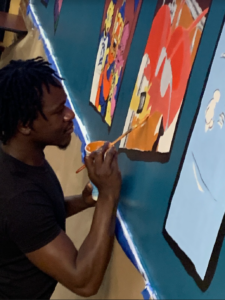
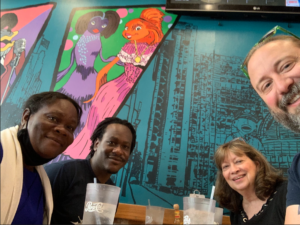
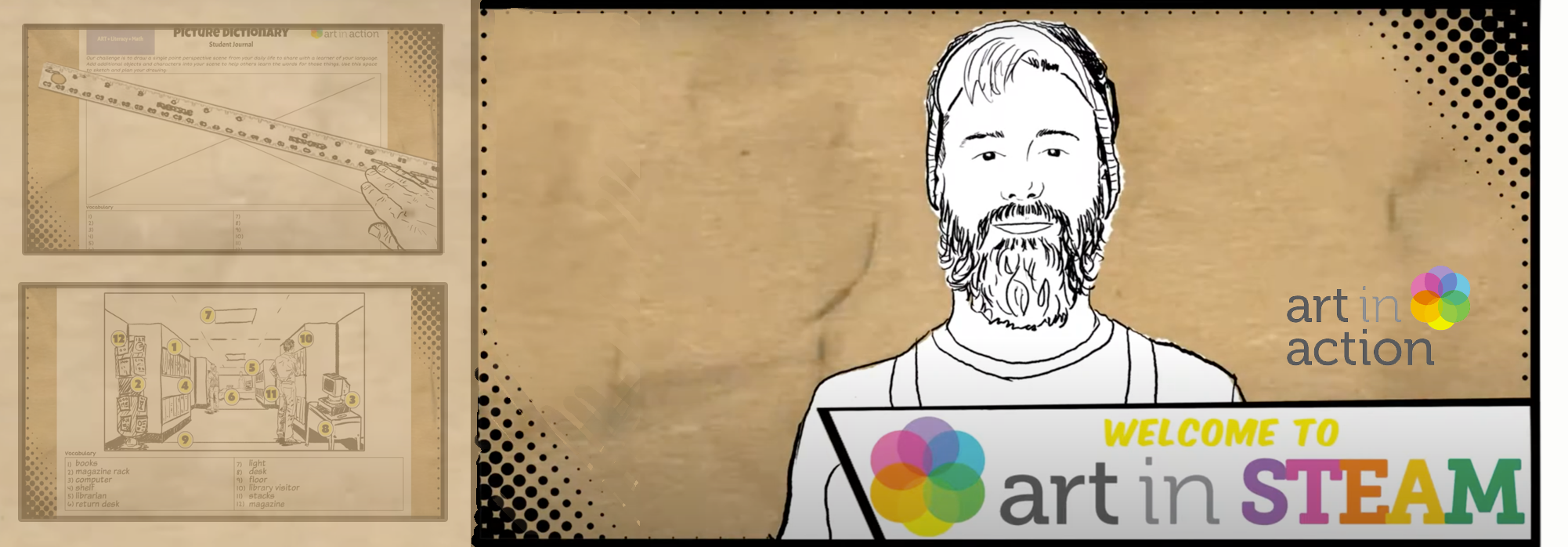
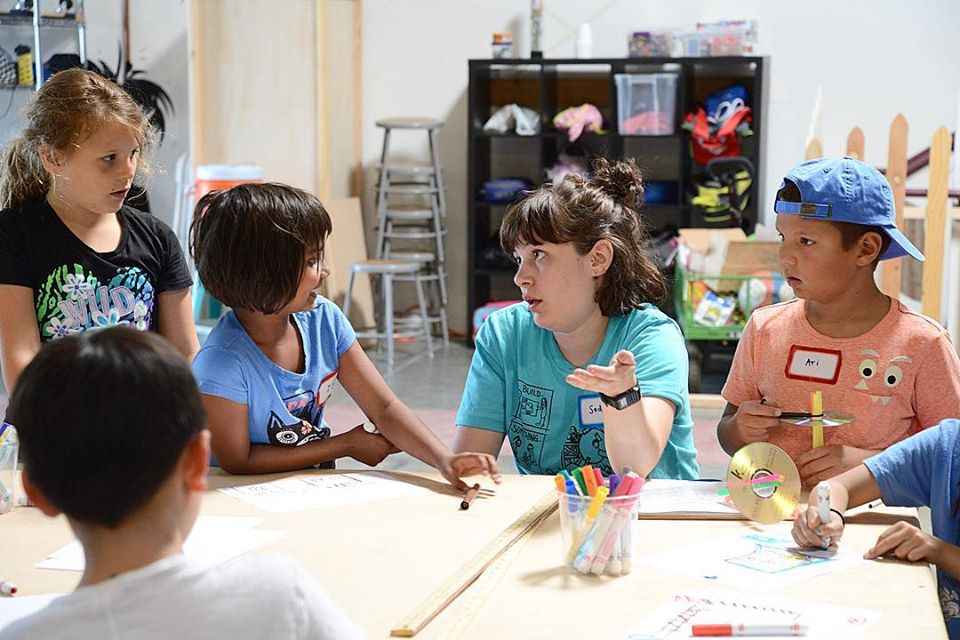
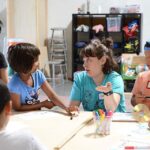 3. Social Connection and Collaboration
3. Social Connection and Collaboration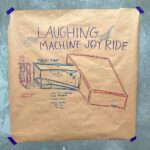 Encouraging curiosity and creativity can lead to deeper engagement. Projects that allow boys to explore their interests and express themselves creatively can be far more impactful than standard educational games. For example, storytelling projects, creative writing, and personal blogs can provide platforms for boys to explore and develop their communication skills.
Encouraging curiosity and creativity can lead to deeper engagement. Projects that allow boys to explore their interests and express themselves creatively can be far more impactful than standard educational games. For example, storytelling projects, creative writing, and personal blogs can provide platforms for boys to explore and develop their communication skills. 3. Real-World Applications and Audiences
3. Real-World Applications and Audiences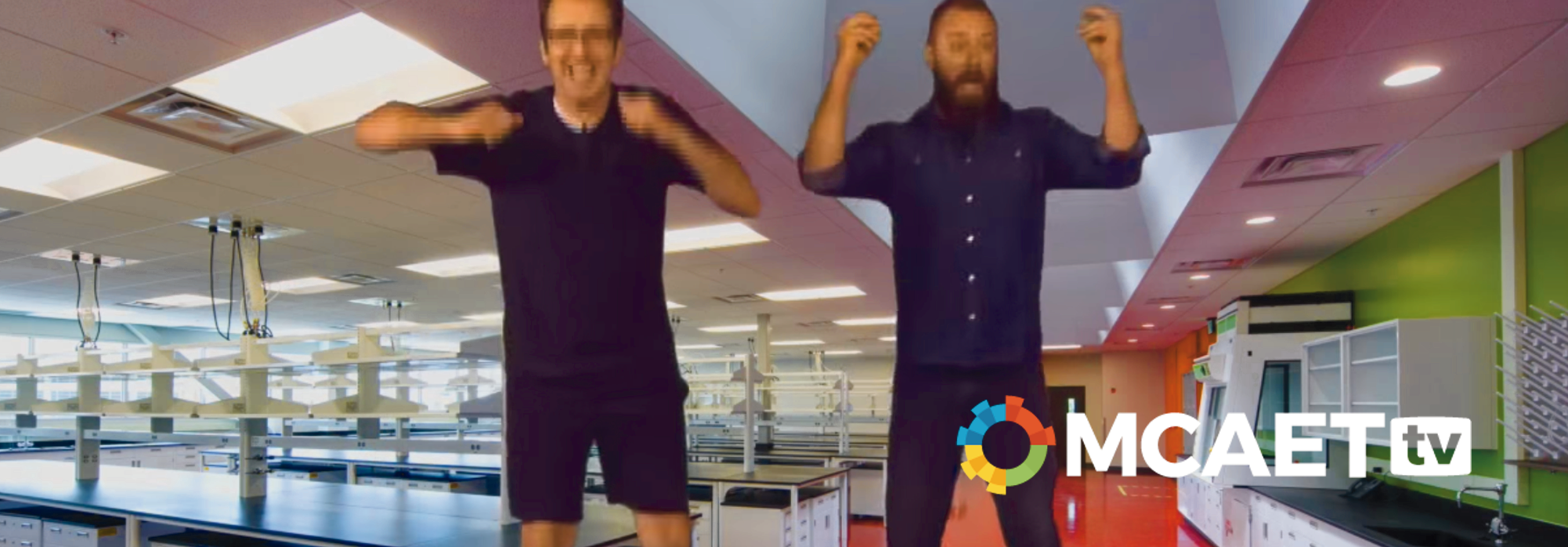
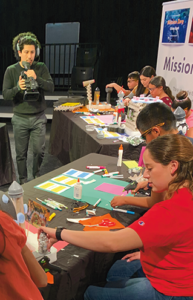 When I assumed responsibility for the TV station, I faced significant challenges. The founding director had recently retired, and key engineering staff had also departed, leaving the station’s infrastructure in a complicated transition. Compounding the issue, wiring connections were mistakenly disassembled during a renovation, rendering the station unable to transmit its signal to cable stations or its over-the-air tower.
When I assumed responsibility for the TV station, I faced significant challenges. The founding director had recently retired, and key engineering staff had also departed, leaving the station’s infrastructure in a complicated transition. Compounding the issue, wiring connections were mistakenly disassembled during a renovation, rendering the station unable to transmit its signal to cable stations or its over-the-air tower.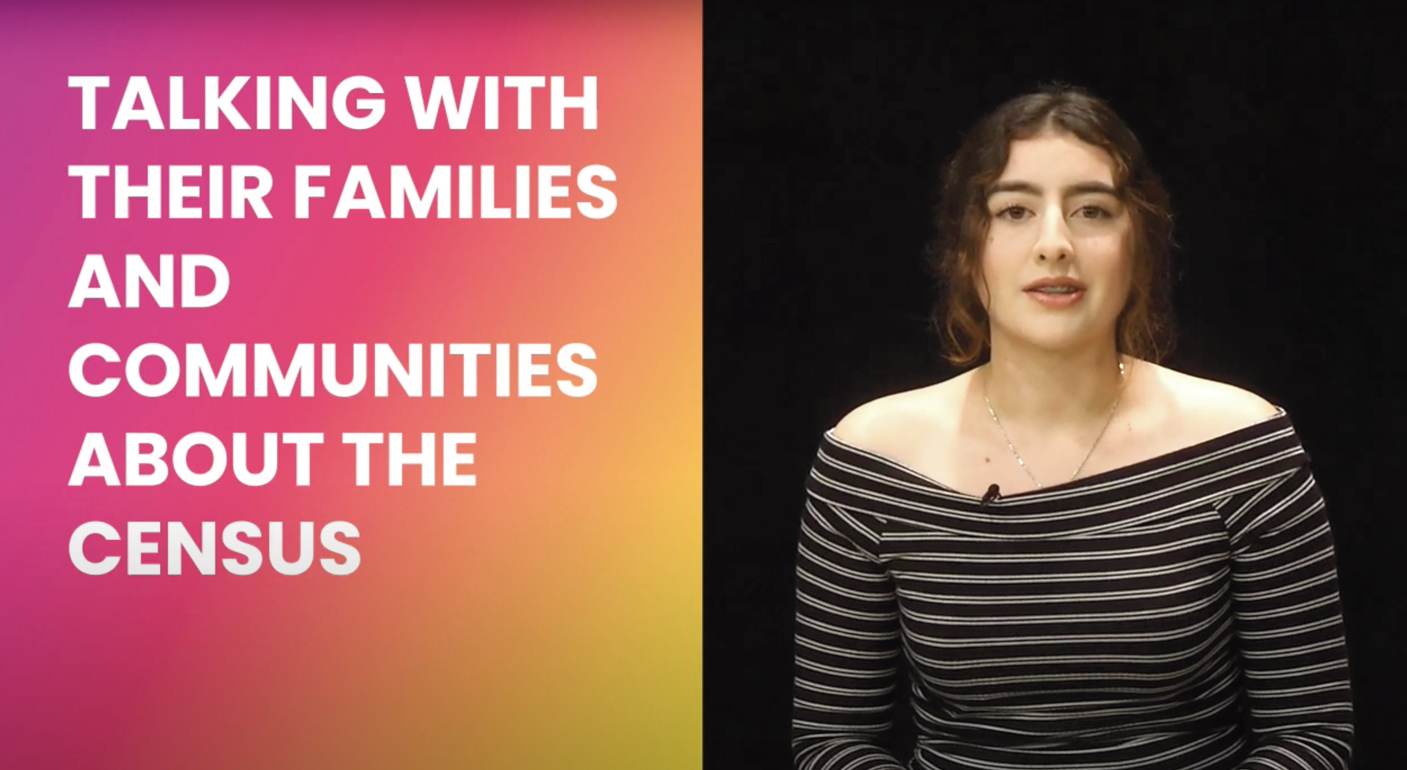
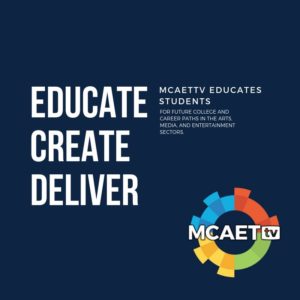 MCAET is an innovative partnership between broadcasting and education and was once home to a magnet high school for students in Monterey County pursuing media arts, performing, and broadcast careers. I introduced a program offering college courses and in-studio experiences in partnership with local colleges and universities. Through these courses, students gained valuable hands-on experience in television production while earning college credits, bridging the gap between education and industry.
MCAET is an innovative partnership between broadcasting and education and was once home to a magnet high school for students in Monterey County pursuing media arts, performing, and broadcast careers. I introduced a program offering college courses and in-studio experiences in partnership with local colleges and universities. Through these courses, students gained valuable hands-on experience in television production while earning college credits, bridging the gap between education and industry.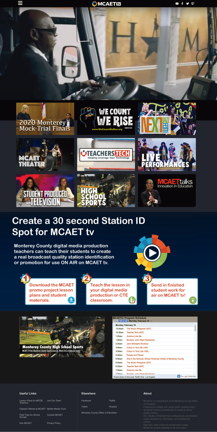 In addition to offering college courses, I also designed and launched a
In addition to offering college courses, I also designed and launched a